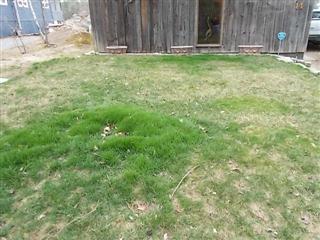
by Inspector | Sep 15, 2016 | Uncategorized
The following pictures are from a recent inspection. This system consists of a 1000 gallon treatment tank, a 1250 gallon secondary tank used as a pumping station, a concrete D-Box with 3 outlets/laterals and a Elgen Geotextile Sand Filter. This EDA was comprised of 12...
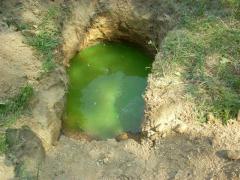
by Inspector | Aug 9, 2016 | Uncategorized
Two examples of systems that failed during the hydraulic load test and backed up through the tank. Both were caused by clogged filters in the outlet baffles, once cleaned the system functioned fine. [ezcol_1fifth][/ezcol_1fifth] [ezcol_1fifth][/ezcol_1fifth]...
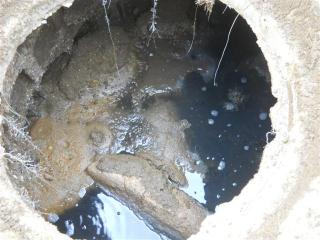
by Inspector | Mar 18, 2016 | Uncategorized
Here is another example of a New Hampshire dry well, unfortunately a bad example. The dry well”s original cover was damaged and the pieces are inside the well. Also, this well is approximately 8-10 feet deep and as seen in the pictures the majority of it is full...
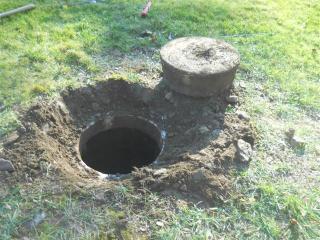
by Inspector | Mar 18, 2016 | Uncategorized
Here’s a typical New Hampshire dry well that is still functioning. This system was installed in the late 1960s just before traditional stone and pipe systems were developed. The state of New Hampshire will no longer allow these systems to be repaired so once the...
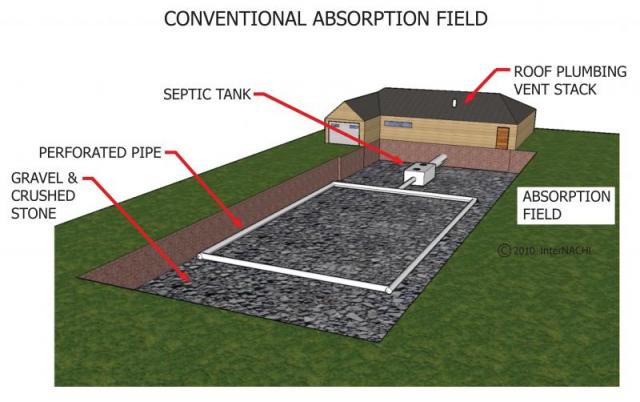
by Inspector | Mar 18, 2016 | Uncategorized
Recently I had an inspection where the home was located on a river. State law in New Hampshire requires all waterfront properties who’s boundaries are within 200 feet of the high water mark and are on a septic system have a site assessment completed. This...





